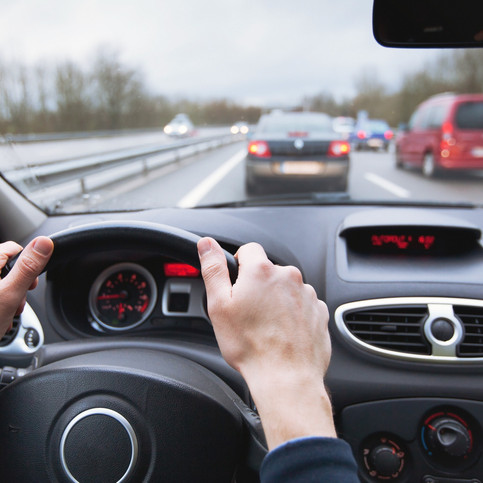Here’s why following the 3-second rule while driving is important and can help prevent automobile accidents.
What is the 3-Second Rule?
The three-second rule is a guideline that states you should give yourself at least three seconds of distance between your car and the car in front of you when driving. This generally gives you sufficient time to react if the driver in front of you slams on their brakes or makes a sudden stop.
Why is It Important to Follow the Rule?
Following the three-second rule is important for a few reasons. First of all, it can help you avoid accidents. If you’re too close to the car in front of you, you might not have time to stop if they brake suddenly.
Secondly, it can help reduce stress while driving. For example, when you’re following too closely, you’re more likely to get frustrated if the driver in front of you is going slowly or making stops. However, if you give yourself some extra space, you may be less likely to get angry and more likely to enjoy your drive.
How Can You Follow the Rule?
There are a few different ways you can make sure you’re following the three-second rule while driving.
One way is to measure your distance by using objects on the side of the road as markers. When the car in front of you passes a mailbox, for example, start counting how many seconds it takes you to reach the mailbox. If you can’t make it there before finishing the count, you’re likely following too closely.
Some apps and devices can help measure your distance from the car in front of you. These tools usually use sensors to calculate the distance and can be mounted on your windshield or dashboard.
When Should You Leave a Greater Following Distance?
While the three-second rule is a general guideline, there are times when you should consider leaving a greater following distance. For example:
- If the car in front of you is a large truck. These vehicles need more space to stop, so it’s important to give them more room than you would a smaller car.
- If the car in front of you backs up or has stopped for no apparent reason.
- You should always leave a greater following distance when driving in bad weather conditions, such as heavy rain or snow. Leave a greater following distance to allow yourself more time to react if the driver in front of you makes a sudden stop.
- You should also give yourself more space when driving on unfamiliar roads or in areas with a lot of traffic.
By following the three-second rule, you can help keep yourself and others safe on the road.
St. Louis Car Accident Lawyers
While you may do your part to keep the roads safe, accidents can still happen due to the negligence of another driver. If you have been injured in a car accident, our St. Louis car accident lawyers are here to help. We can review your case for free and help you understand your legal options.
FREE Consultation
Speak with an experienced attorney 24/7

